Home>Gardening & Outdoor>Landscaping Ideas>What Kills Clover In Grass
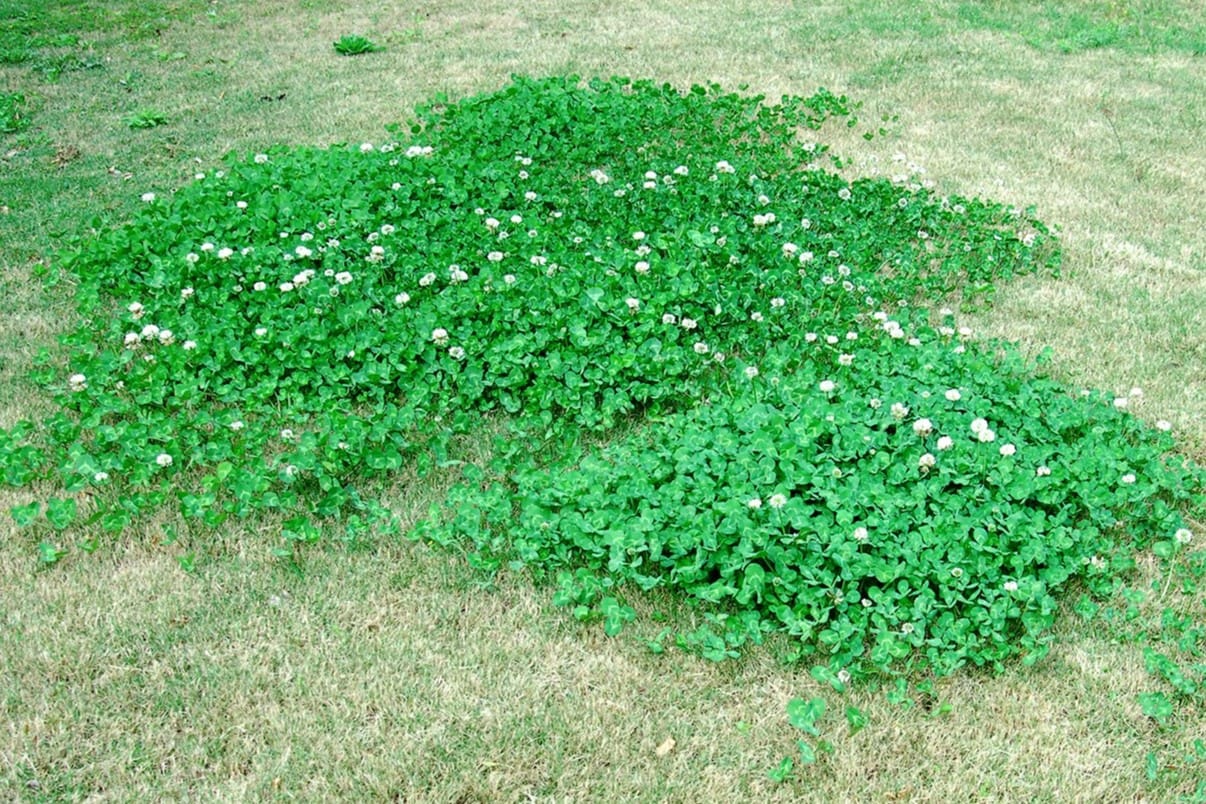

Landscaping Ideas
What Kills Clover In Grass
Published: January 27, 2024
Discover effective landscaping ideas to kill clover in grass and achieve a lush, weed-free lawn. Learn expert techniques and tips for maintaining a healthy and vibrant outdoor space.
(Many of the links in this article redirect to a specific reviewed product. Your purchase of these products through affiliate links helps to generate commission for Storables.com, at no extra cost. Learn more)
**
Introduction
**
When it comes to maintaining a lush and vibrant lawn, dealing with clover infiltrating the grass can be a common concern for many homeowners. While clover is often praised for its ability to add nitrogen to the soil and its attractive flowers, it can quickly become an unwelcome guest in a carefully tended lawn. Understanding the factors that contribute to clover growth and the methods to eliminate and prevent it can help in achieving a pristine grassy expanse.
Dealing with clover in grass involves a combination of understanding the plant's nature, identifying the factors that promote its growth, and employing effective elimination and prevention strategies. This article delves into the various aspects of clover in grass, including the factors that contribute to its proliferation, the methods to eradicate it, and the measures to prevent its return. By gaining insights into these aspects, homeowners can equip themselves with the knowledge needed to maintain a clover-free lawn and enjoy a lush, green expanse of grass.
Key Takeaways:
- Say goodbye to clover in your grass by enriching the soil with nitrogen, adjusting pH levels, and ensuring proper moisture and sunlight. Manual removal and herbicidal treatment are effective methods for eradication.
- Prevent clover from invading your grass by conducting soil tests, implementing proper fertilization, regular maintenance, overseeding with quality grass varieties, effective weed control, and ensuring proper irrigation and drainage.
Read more: How To Kill Clovers In Grass
Understanding Clover in Grass
Before delving into the methods of eradicating clover from grass, it is essential to understand the nature of clover itself. Clover, a member of the legume family, is characterized by its trifoliate leaves and small, ball-shaped clusters of white, pink, or red flowers. While clover is often considered a weed when it infiltrates grassy areas, it also possesses beneficial properties. Clover has the ability to fix nitrogen in the soil, enhancing its fertility and contributing to the overall health of the lawn. However, its rapid spread and competitive nature can lead to its dominance, detracting from the uniformity and aesthetics of the grass.
Clover thrives in areas with low nitrogen levels, acidic soil, and poor drainage. Its presence in a lawn can indicate underlying soil deficiencies or imbalances. Understanding the conditions that favor clover growth is crucial in effectively addressing its invasion of grassy areas. Additionally, recognizing the different types of clover, such as white clover and red clover, can aid in implementing targeted control measures.
Furthermore, clover’s resilience and ability to thrive in various environmental conditions make it a formidable adversary in the quest for a pristine lawn. Its ability to spread through both seeds and creeping stems allows it to establish a strong foothold in grassy areas, making its eradication a challenging task.
By comprehending the characteristics and growth habits of clover, homeowners can gain valuable insights into the strategies needed to combat its encroachment on the grass. Armed with this understanding, they can proceed to explore the factors that contribute to the proliferation of clover in grass and the methods to effectively eliminate it.
Factors that Kill Clover in Grass
Several factors contribute to the decline and eventual eradication of clover within grassy areas. Understanding these factors is essential for implementing targeted strategies to combat clover infiltration and promote the health of the grass. The following are key factors that can effectively kill clover in grass:
1. Nitrogen-Rich Soil:
Clover thrives in environments with low nitrogen levels. By enriching the soil with nitrogen through the application of nitrogen-rich fertilizers, homeowners can create an inhospitable environment for clover, thereby impeding its growth and promoting the vigor of the grass.
2. Proper pH Balance:
Clover prefers acidic soil, and adjusting the pH level of the soil to promote a more alkaline environment can hinder its growth. Conducting a soil test and applying lime to raise the pH level can help create an unsuitable habitat for clover, allowing the grass to flourish without competition.
3. Adequate Moisture and Drainage:
Ensuring proper moisture levels and effective drainage in the lawn can discourage clover growth. Overly wet or waterlogged soil can create favorable conditions for clover, while well-drained soil promotes the health of the grass and inhibits clover proliferation.
4. Sunlight and Shade Management:
Managing sunlight exposure and shade in the lawn can impact clover growth. Promoting optimal sunlight for the grass while minimizing shaded areas can create an environment where the grass thrives, making it challenging for clover to establish and spread.
5. Mechanical Removal:
Manually removing clover plants from the grass can be an effective method to eliminate existing infestations. Regularly inspecting the lawn and uprooting clover plants by hand can prevent their spread and contribute to their eradication.
6. Herbicidal Treatment:
Applying selective herbicides designed to target broadleaf weeds, including clover, can effectively kill clover within the grass. Selective herbicides specifically formulated for clover control can be applied according to the manufacturer’s instructions to eradicate clover while preserving the health of the grass.
By addressing these factors, homeowners can create an environment that is conducive to the health and vitality of the grass while effectively impeding the growth and spread of clover. Implementing a combination of these strategies can lead to the successful elimination of clover from grassy areas, paving the way for a thriving and clover-free lawn.
Regularly mowing your lawn at a higher setting can help weaken and eventually kill clover in grass by reducing its access to sunlight and hindering its growth.
Methods to Eliminate Clover in Grass
Eliminating clover from grassy areas requires a multifaceted approach that targets existing infestations while promoting the health and vigor of the grass. Several effective methods can be employed to eradicate clover and restore the lushness of the lawn:
1. Manual Removal:
Hand-pulling clover plants from the grass is a labor-intensive but effective method of eliminating existing infestations. Regularly inspecting the lawn and manually uprooting clover can prevent its spread and contribute to its eradication. It is important to remove the entire plant, including its roots, to prevent regrowth.
2. Herbicidal Treatment:
Applying selective herbicides designed to target broadleaf weeds, including clover, can be an efficient way to eliminate clover from the grass. Selective herbicides formulated for clover control can be applied according to the manufacturer’s instructions to effectively eradicate clover while minimizing impact on the grass.
3. Overseeding:
Overseeding the lawn with grass varieties that are well-adapted to the local climate and soil conditions can help smother and outcompete clover. The newly introduced grass will fill in the spaces left by the eradicated clover, contributing to a denser and healthier lawn.
4. Fertilization:
Applying nitrogen-rich fertilizers to the grass can create an environment that is less conducive to clover growth. By enriching the soil with nitrogen, homeowners can promote the health and vigor of the grass while impeding the growth and spread of clover.
5. Adjusting Soil pH:
Conducting a soil test and adjusting the pH level of the soil to promote a more alkaline environment can discourage clover growth. Applying lime to raise the pH level can create an inhospitable habitat for clover, allowing the grass to thrive without competition.
6. Mowing Practices:
Implementing proper mowing practices, such as maintaining the grass at an optimal height, can help promote the health of the grass while inhibiting clover growth. Regular mowing at the recommended height for the specific grass species can contribute to a dense turf that suppresses clover infestations.
By employing a combination of these methods, homeowners can effectively eliminate clover from grassy areas and create an environment that is conducive to the health and vibrancy of the grass. Implementing targeted strategies to eradicate clover while promoting the resilience of the grass can lead to a lush and clover-free lawn.
Preventing Clover from Growing in Grass
Preventing the growth and establishment of clover in grassy areas is essential for maintaining a pristine and clover-free lawn. By implementing proactive measures and addressing the underlying factors that contribute to clover proliferation, homeowners can create an environment that is conducive to the health and vigor of the grass. The following strategies can help prevent clover from growing in grass:
1. Soil Testing and Amendment:
Conducting a soil test to assess the nutrient levels and pH balance of the soil is crucial for identifying potential deficiencies that may promote clover growth. Based on the test results, homeowners can amend the soil by applying fertilizers and adjusting the pH level to create an environment that is less favorable to clover while promoting the health of the grass.
2. Proper Fertilization:
Implementing a proper fertilization regimen that provides the grass with essential nutrients, including nitrogen, phosphorus, and potassium, can help create a robust turf that outcompetes clover. By ensuring that the grass receives adequate nutrition, homeowners can promote its resilience and inhibit the growth of clover.
3. Regular Maintenance:
Engaging in regular lawn maintenance practices, such as proper mowing, watering, and aeration, can contribute to the health and density of the grass, making it less susceptible to clover infestations. Maintaining a consistent lawn care routine can help create an environment that is less conducive to clover growth.
4. Overseeding with Quality Grass Varieties:
Overseeding the lawn with high-quality grass varieties that are well-adapted to the local climate and soil conditions can help fill in bare spots and create a dense turf that inhibits clover growth. Introducing competitive grass species can help smother and outcompete clover, preventing its establishment.
5. Effective Weed Control:
Implementing targeted weed control measures to address broadleaf weeds, including clover, can help prevent their proliferation in the lawn. Applying selective herbicides according to the manufacturer’s instructions and regularly inspecting the lawn for weed infestations can contribute to preventing clover from taking hold.
6. Proper Irrigation and Drainage:
Ensuring proper irrigation and effective drainage in the lawn can help create an environment that promotes the health of the grass while discouraging clover growth. Consistent moisture levels and adequate drainage can contribute to a thriving turf that is less susceptible to clover infestations.
By implementing these preventive measures, homeowners can create an environment that is conducive to the health and vitality of the grass while minimizing the potential for clover infestations. Proactive lawn care practices and targeted strategies can contribute to maintaining a lush, clover-free lawn that enhances the overall aesthetics of the outdoor space.
Read more: What Kills Torpedo Grass
Conclusion
Dealing with clover in grass requires a comprehensive approach that encompasses understanding the nature of clover, addressing the factors that contribute to its growth, and implementing effective strategies for eradication and prevention. By gaining insights into the characteristics and growth habits of clover, homeowners can equip themselves with the knowledge needed to combat its encroachment on the grass.
Understanding the beneficial properties of clover, such as its ability to fix nitrogen in the soil, provides a balanced perspective on this ubiquitous plant. However, its rapid spread and competitive nature necessitate proactive measures to maintain a clover-free lawn. Factors such as nitrogen-rich soil, proper pH balance, adequate moisture and drainage, sunlight and shade management, mechanical removal, and herbicidal treatment play pivotal roles in impeding clover growth and promoting the health of the grass.
Employing methods such as manual removal, herbicidal treatment, overseeding, fertilization, adjusting soil pH, and implementing proper mowing practices can effectively eliminate clover from grassy areas. Additionally, proactive measures, including soil testing and amendment, proper fertilization, regular maintenance, overseeding with quality grass varieties, effective weed control, and proper irrigation and drainage, can help prevent clover from taking hold in the lawn.
By combining these strategies, homeowners can create a lush and clover-free lawn that enhances the overall aesthetics of their outdoor space. A meticulously tended grassy expanse, free from the encroachment of clover, provides a visually appealing and inviting outdoor environment for recreational activities, social gatherings, and leisurely moments.
In conclusion, the successful management of clover in grass involves a harmonious balance of understanding, proactive measures, and targeted strategies. By cultivating a thorough understanding of clover’s nature and growth habits, homeowners can embark on a journey to maintain a vibrant and clover-free lawn that serves as a testament to their dedication to outdoor beauty and environmental stewardship.
Frequently Asked Questions about What Kills Clover In Grass
Was this page helpful?
At Storables.com, we guarantee accurate and reliable information. Our content, validated by Expert Board Contributors, is crafted following stringent Editorial Policies. We're committed to providing you with well-researched, expert-backed insights for all your informational needs.
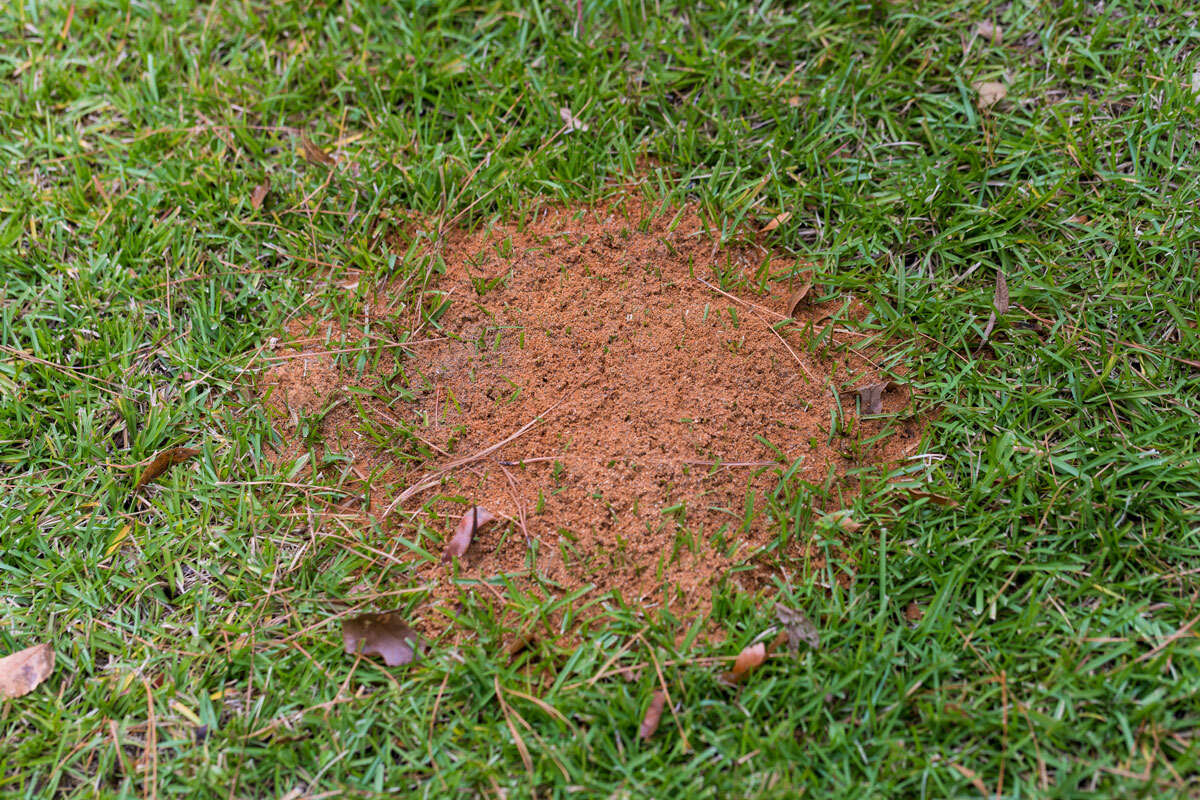
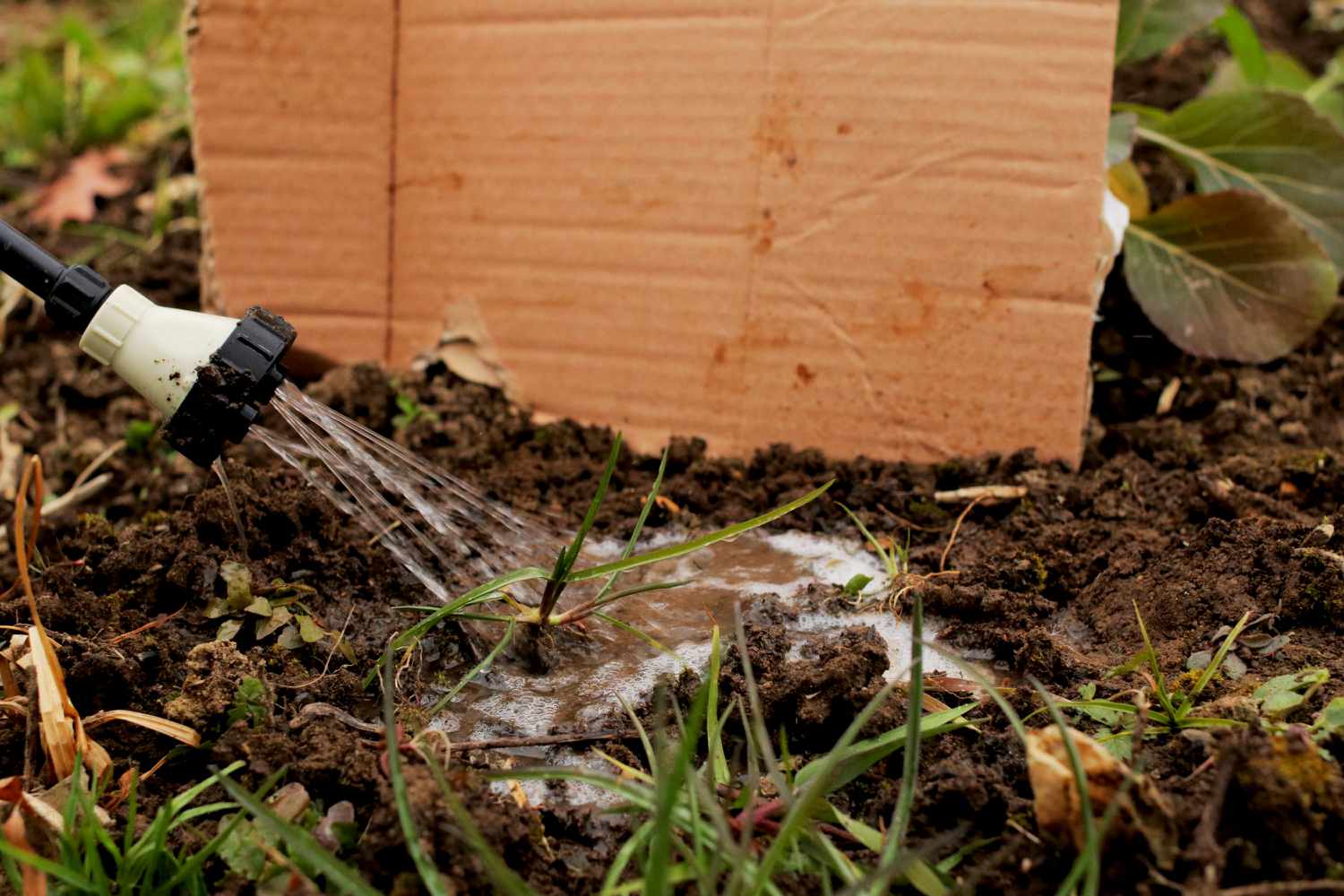
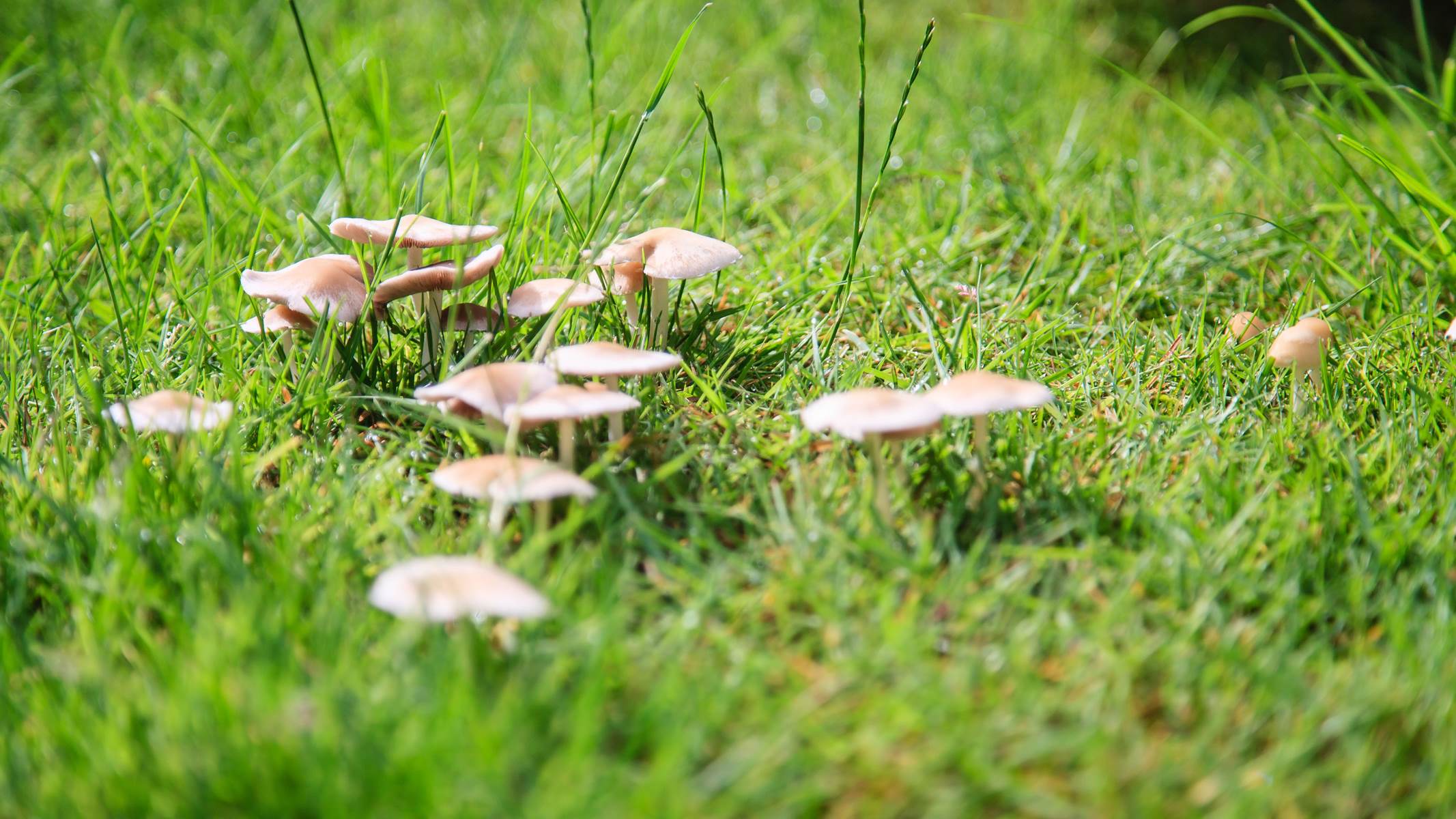
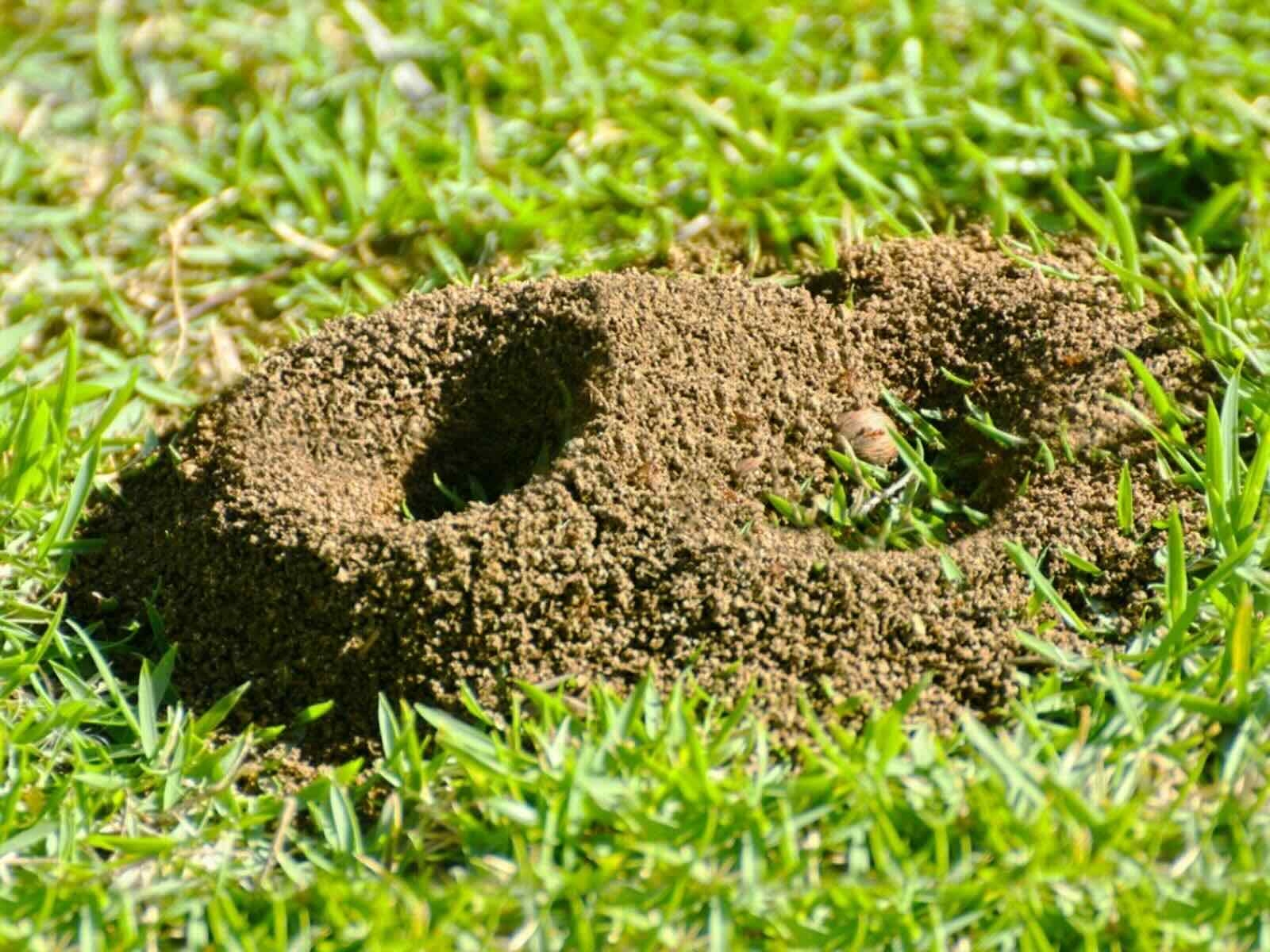
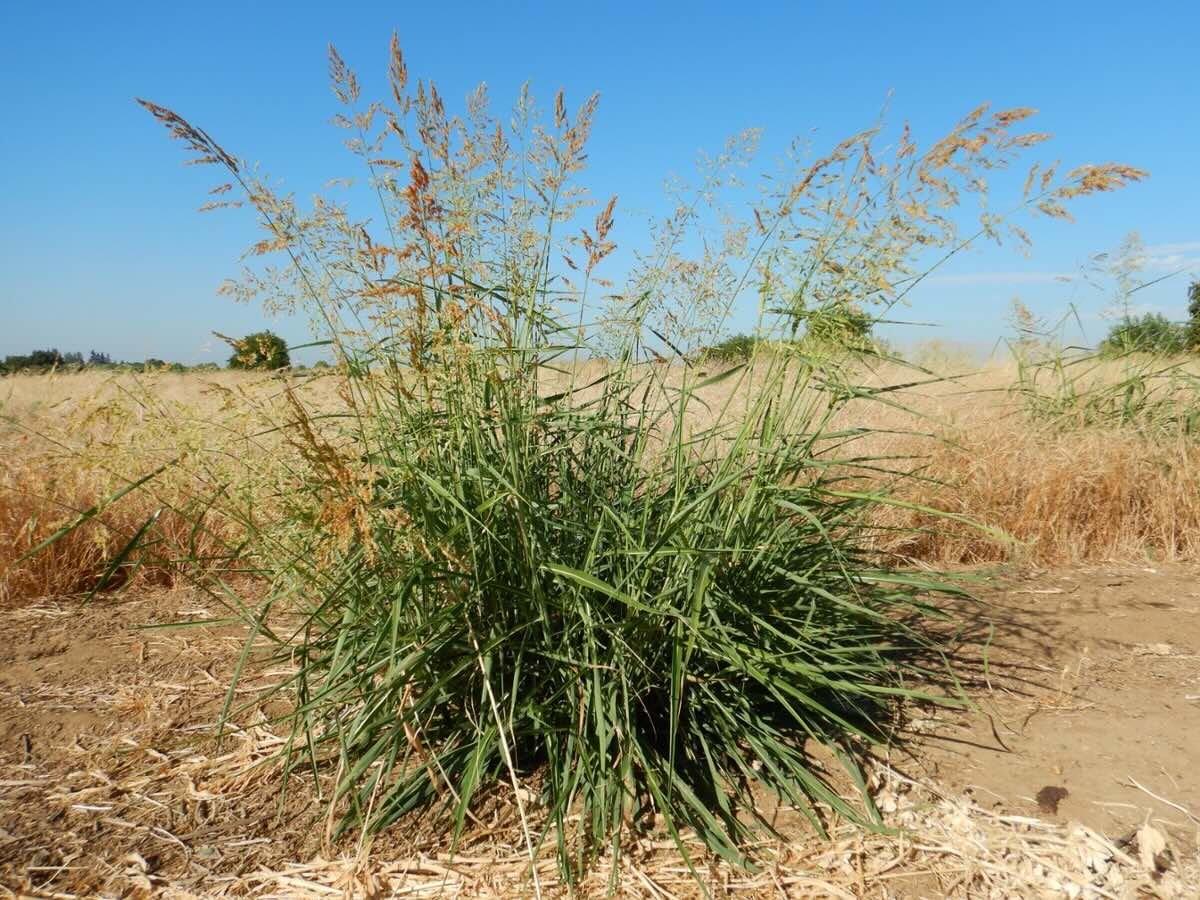
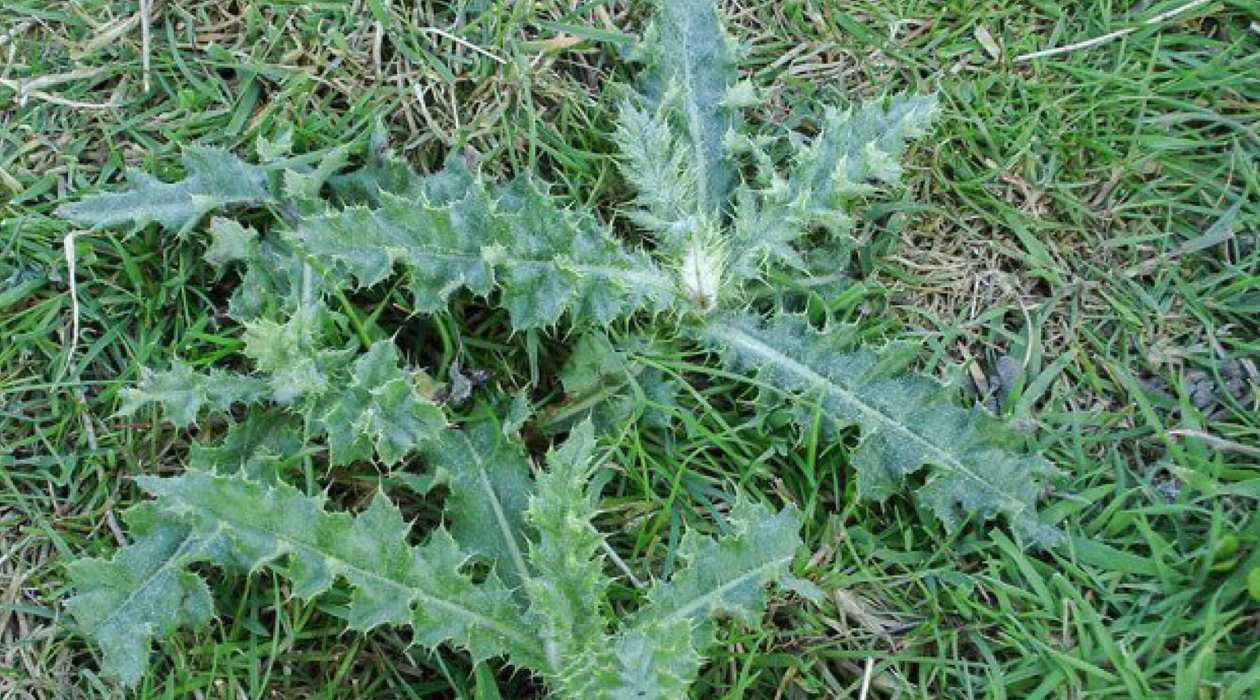
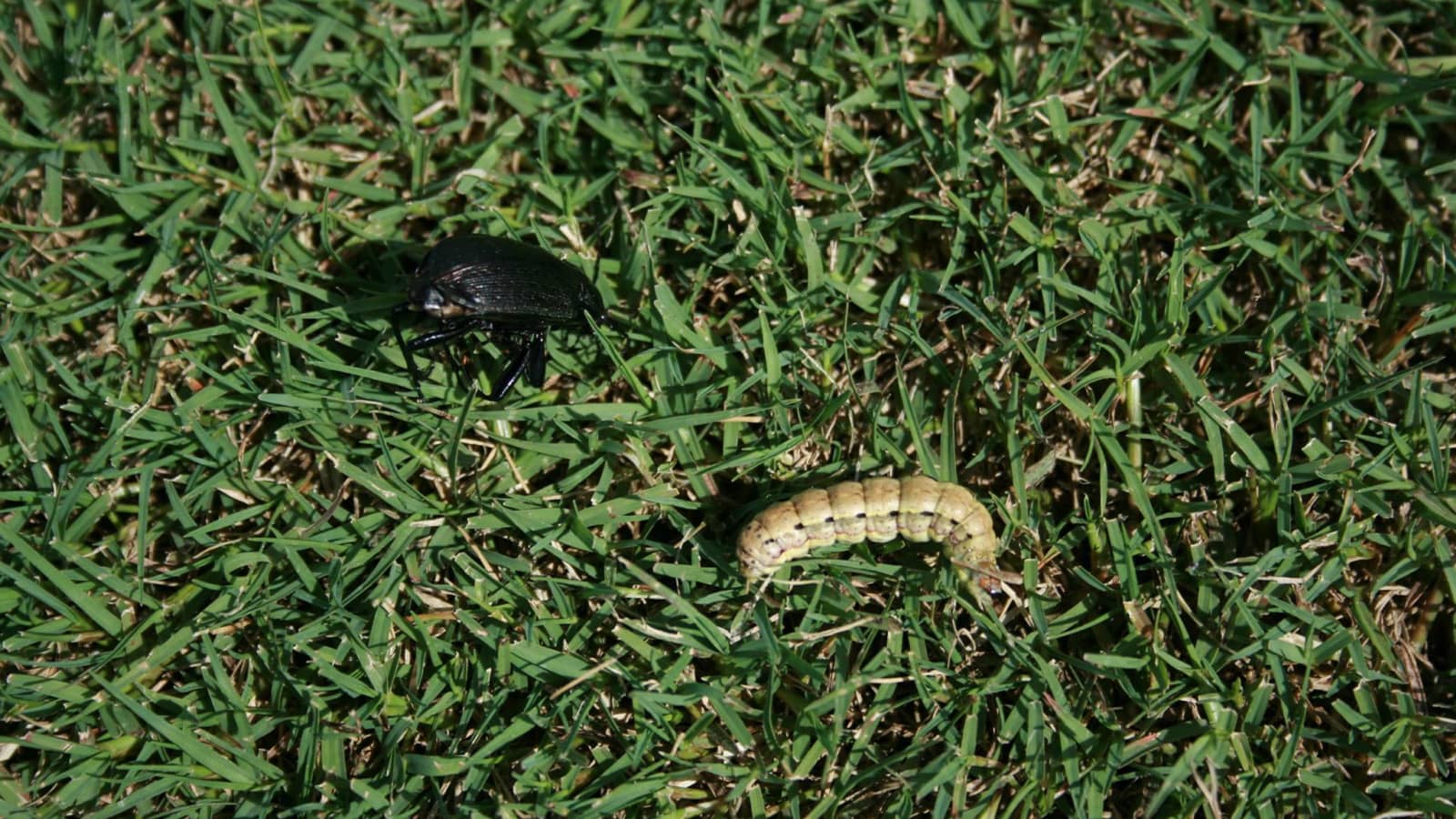
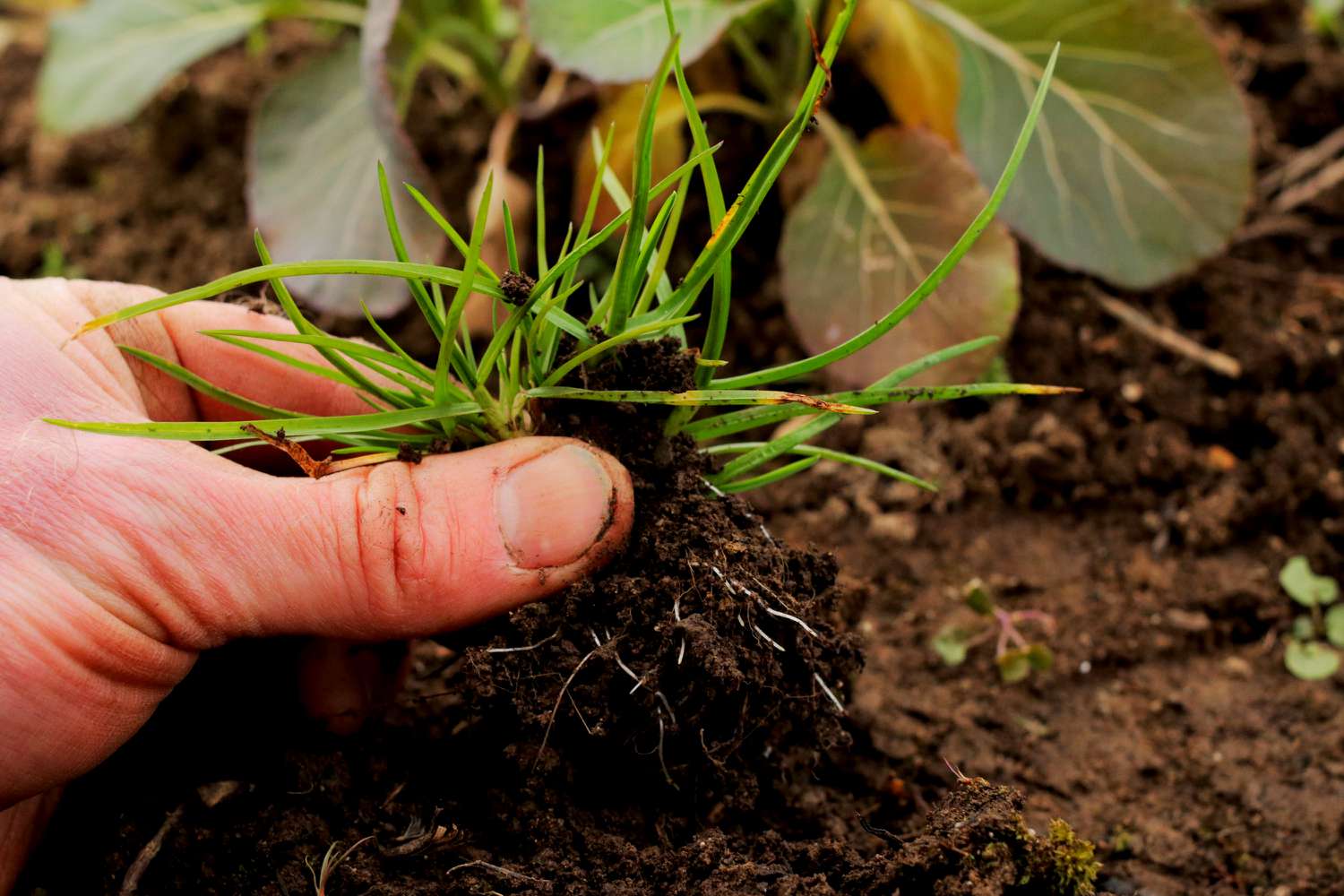
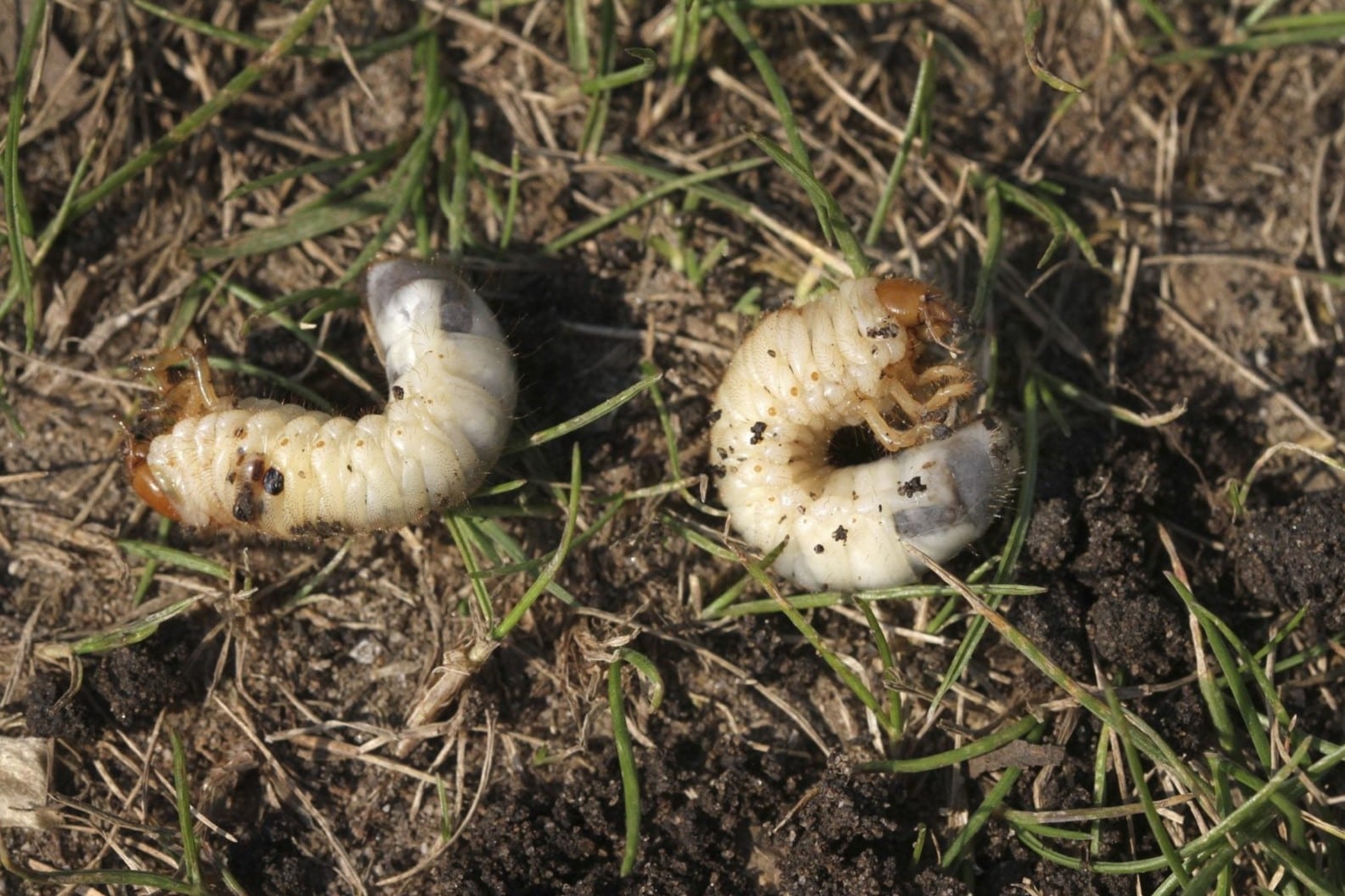
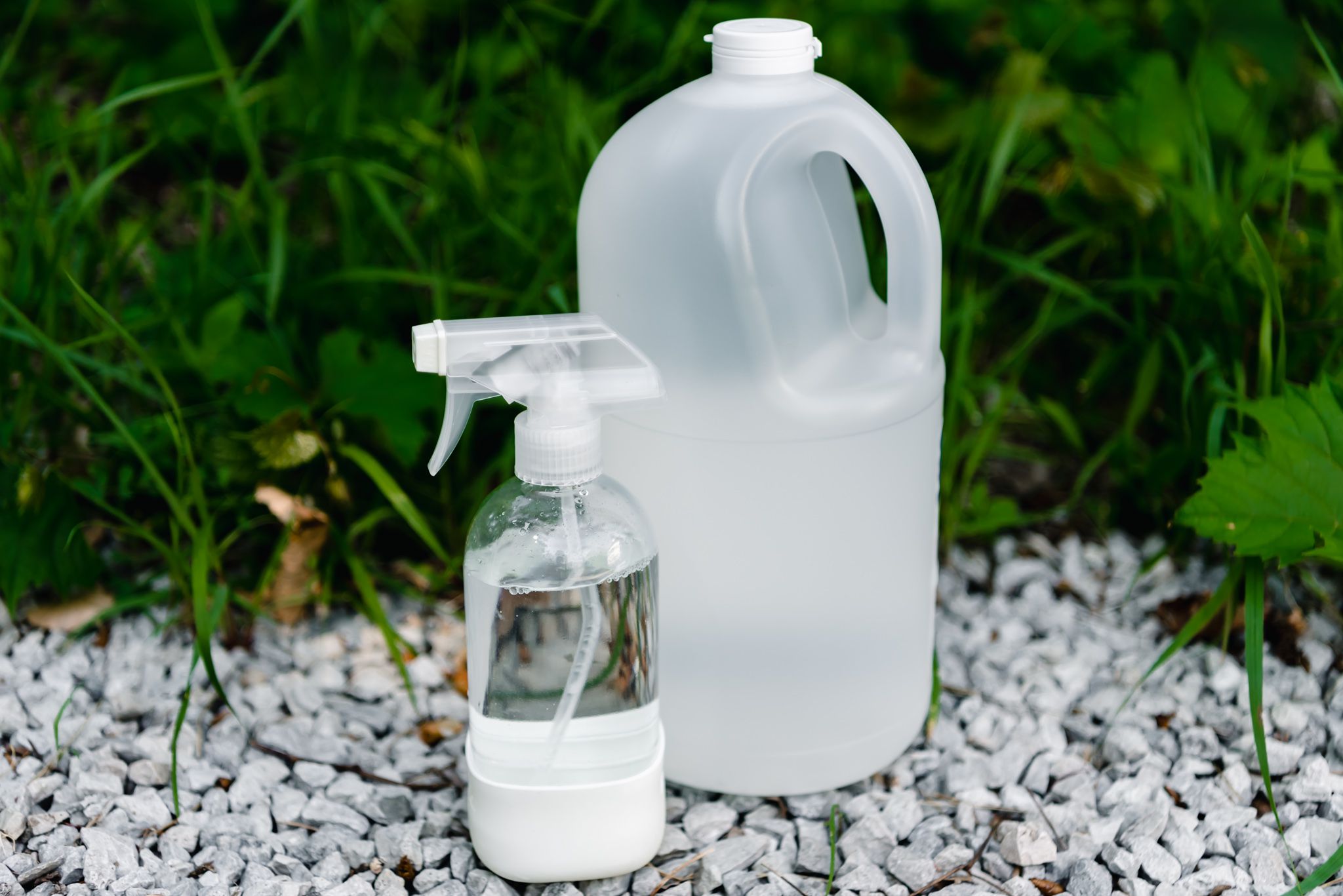
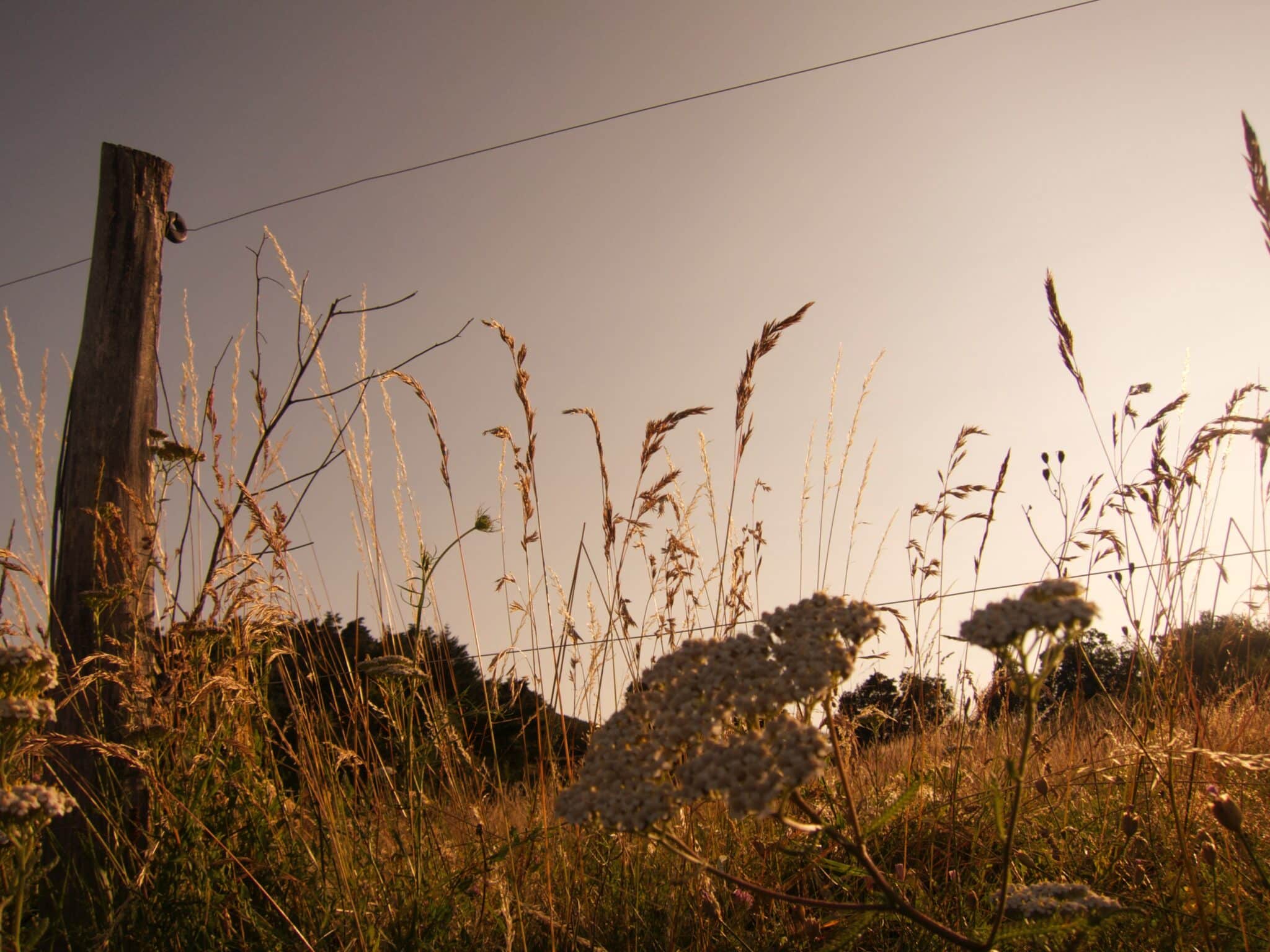
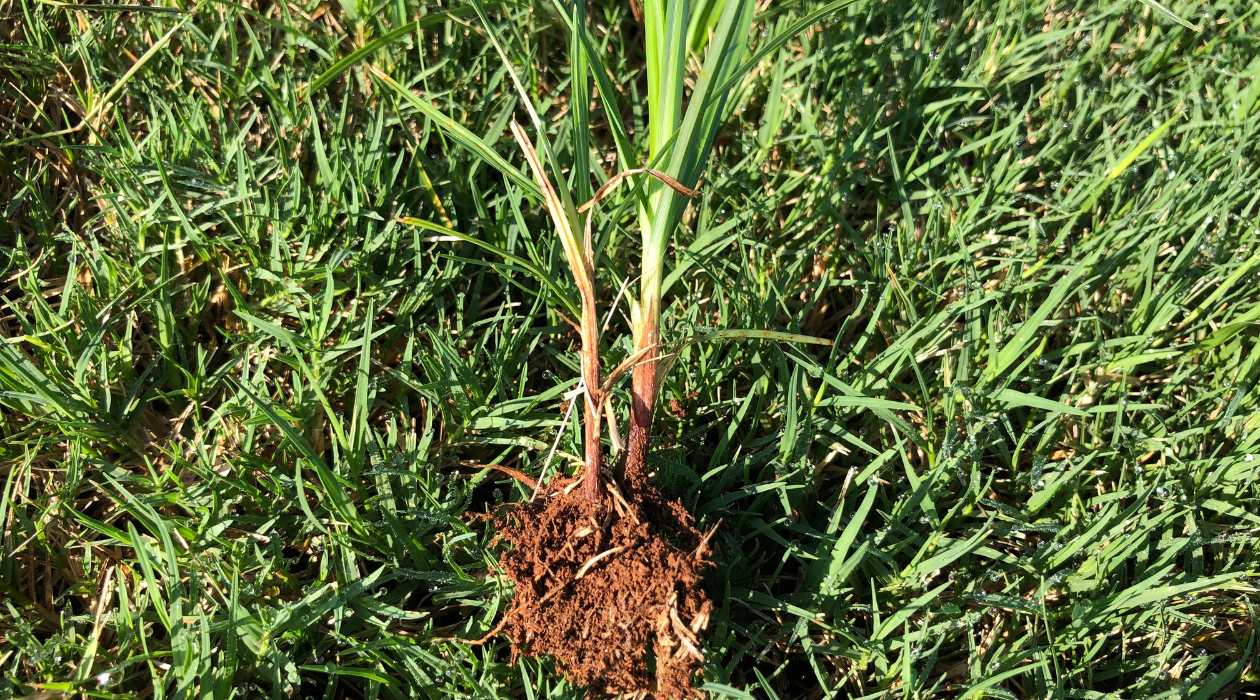
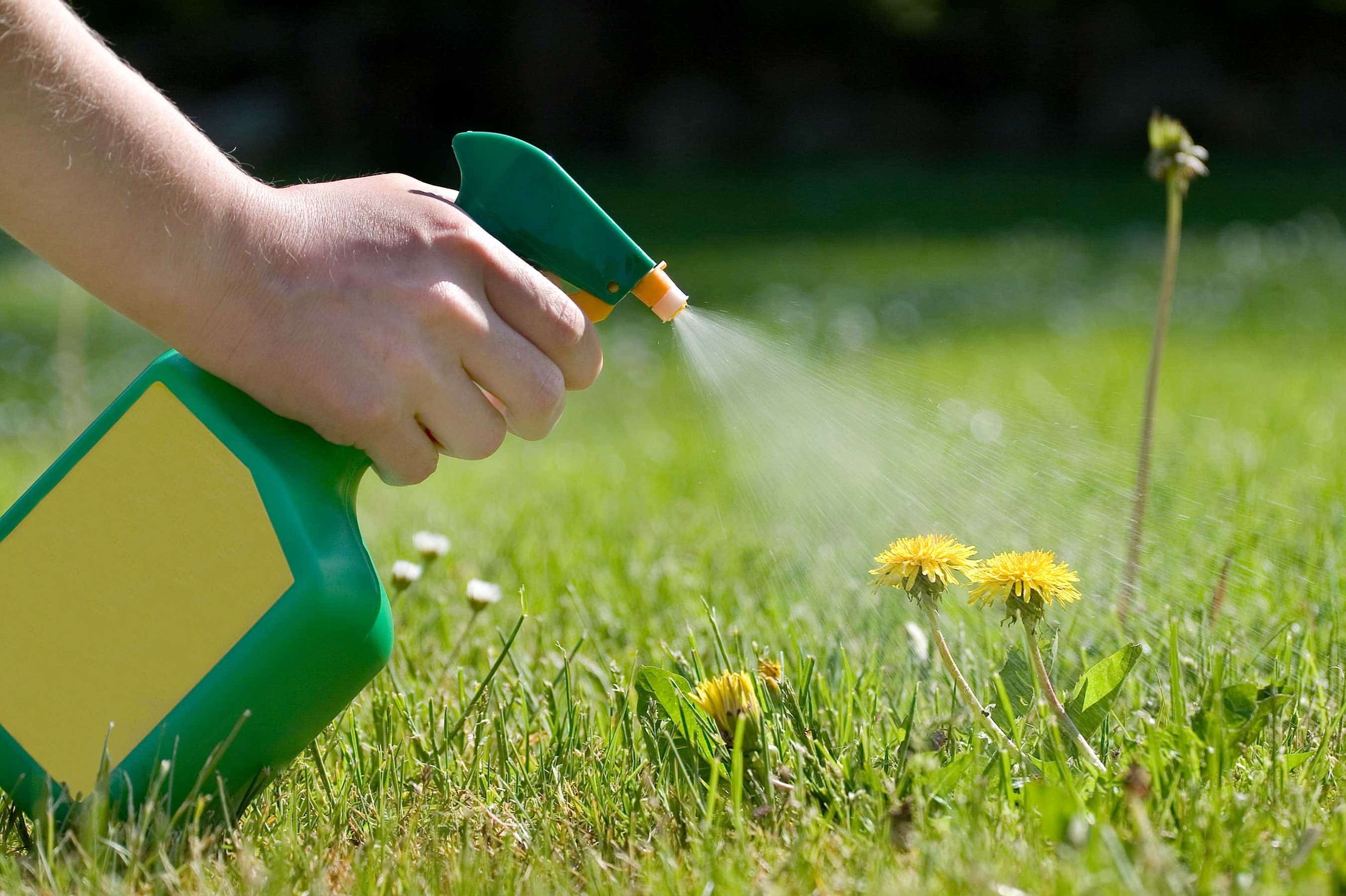
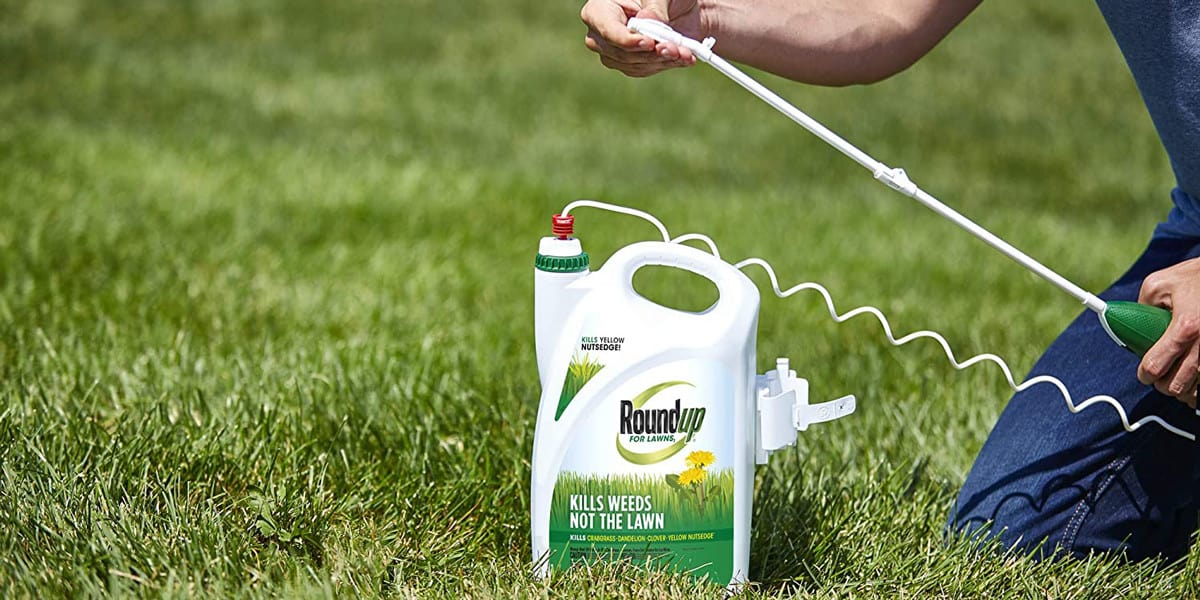

0 thoughts on “What Kills Clover In Grass”